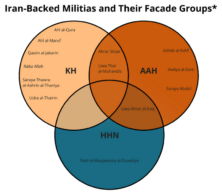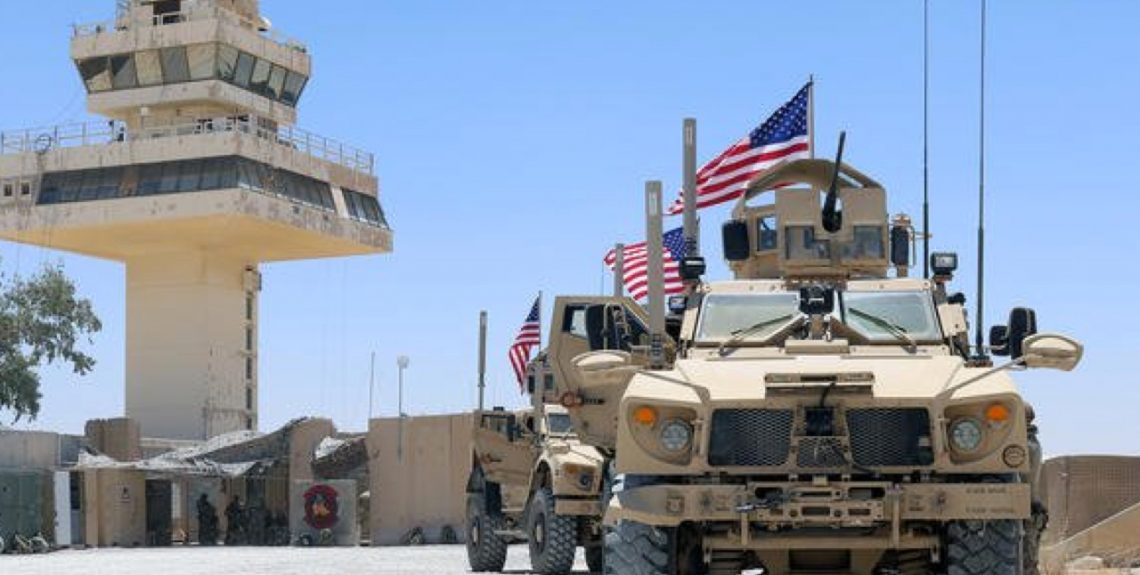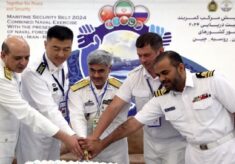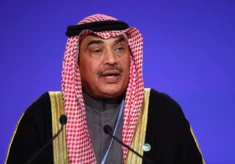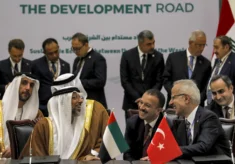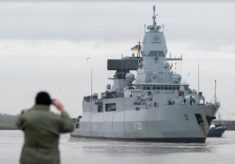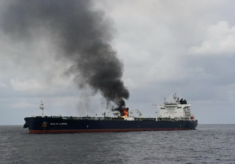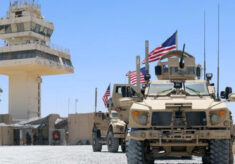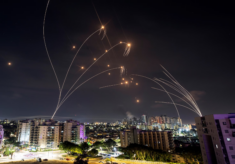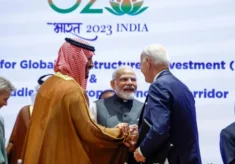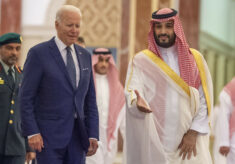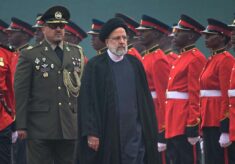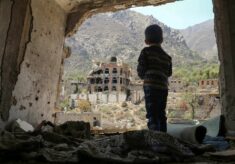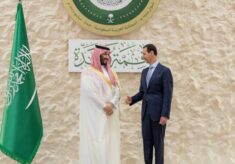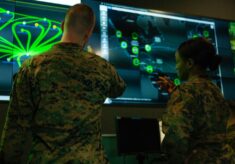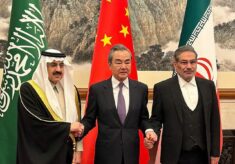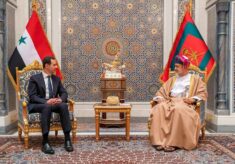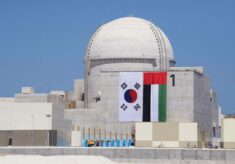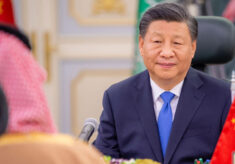The ramifications of the war between Israel and Palestine have extended well beyond the Gaza Strip, ravaged by the airstrikes and the ground offensive carried out by Tsahal in response to the attack launched by Hamas on 7th October. The whole region seem now in turmoil as the normalisation process between Israel and its Arab neighbours is inevitably frozen for the time being and the Middle East seems reverting to its previous cleavages. The conflict has also shone a spotlight on a reinvigorated axis of resistance, around which several armed groups and militias act as a proxy for the revisionist agenda of an Iran firmly at the helm of the anti-normalisation front.
Among the more active groups featuring prominently in the turbulent regional landscape, the Houthis are certainly a case in point. Alongside drone and missile attacks towards Israel launched by Yemen, the Zaidi group in control of the capital Sana’a has also highlighted a high degree of sophistication during the seizure of the Galaxy Leader cargo vessel in the Red Sea on 20th of November. The attack, which targeted a ship associated to Abraham Ungar (an Israeli billionaire), also mirrored the tactics used by the Iranian Revolutionary Guard Corps (IRGC) in previous incidents targeting commercial vessels in the area, despite Teheran denying any responsibility in this specific case.
Responding more to the specific domestic agendas than to an elaborated regional strategy, the attacks of Iranian proxies against US interests in Iraq are producing far more reaching consequences for the delicate balance of power in a tense domestic environment gearing up for the provincial elections in December.
